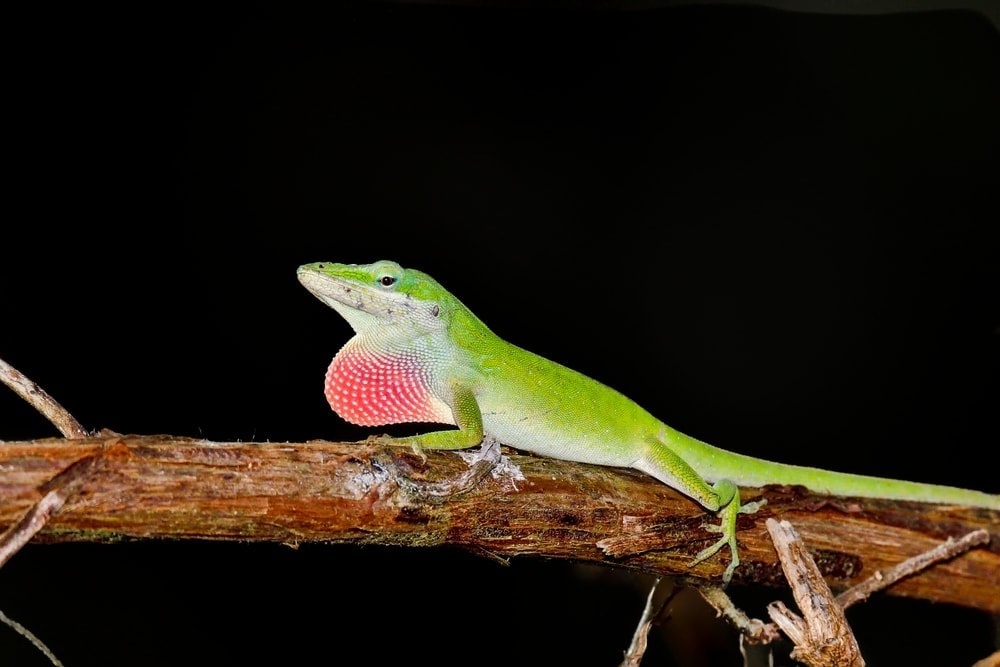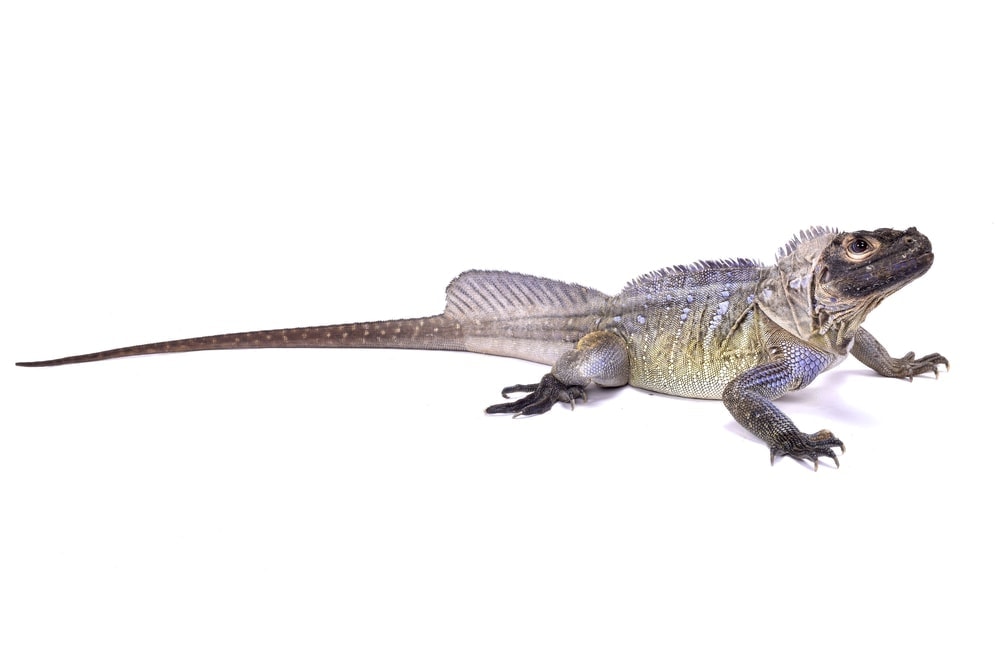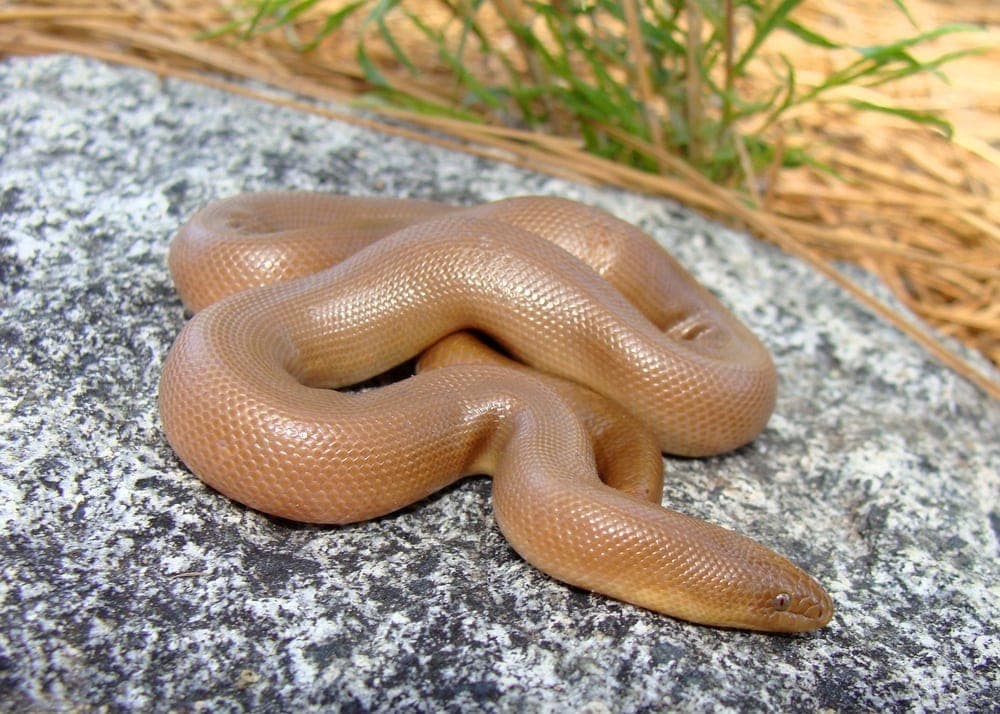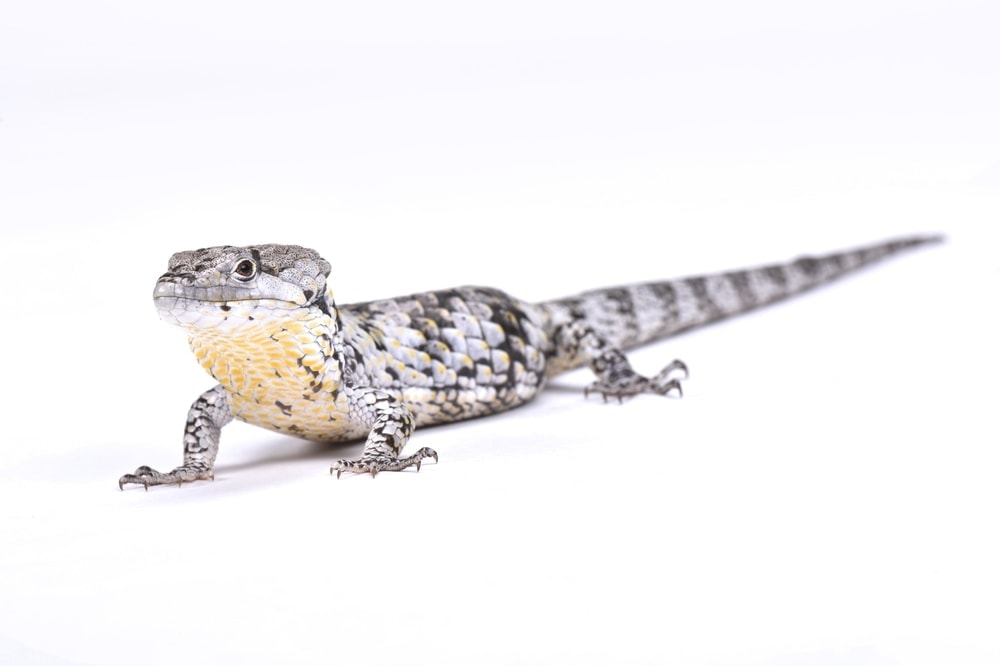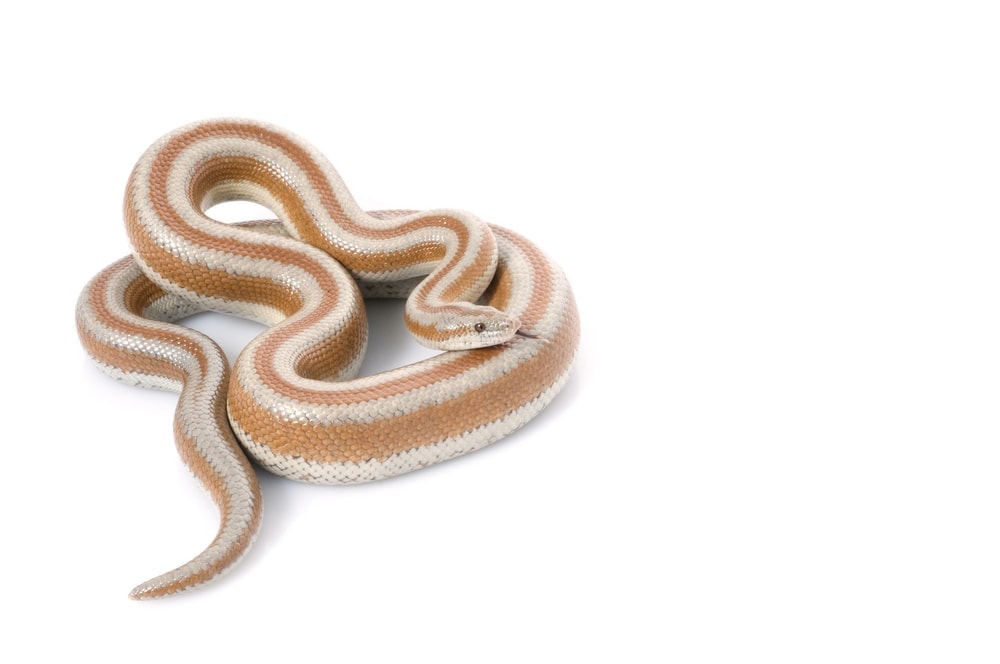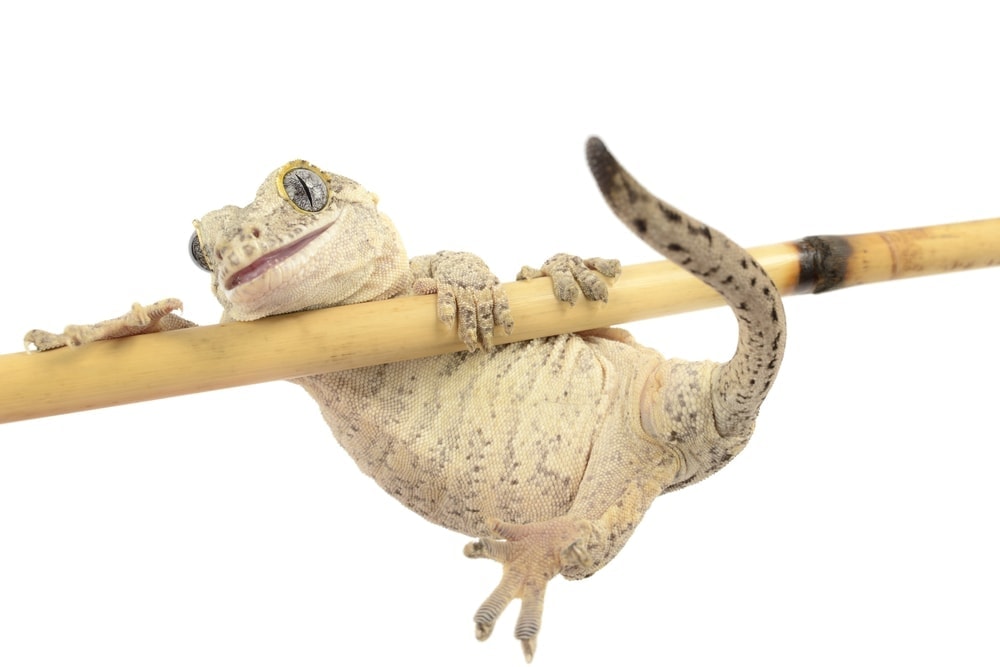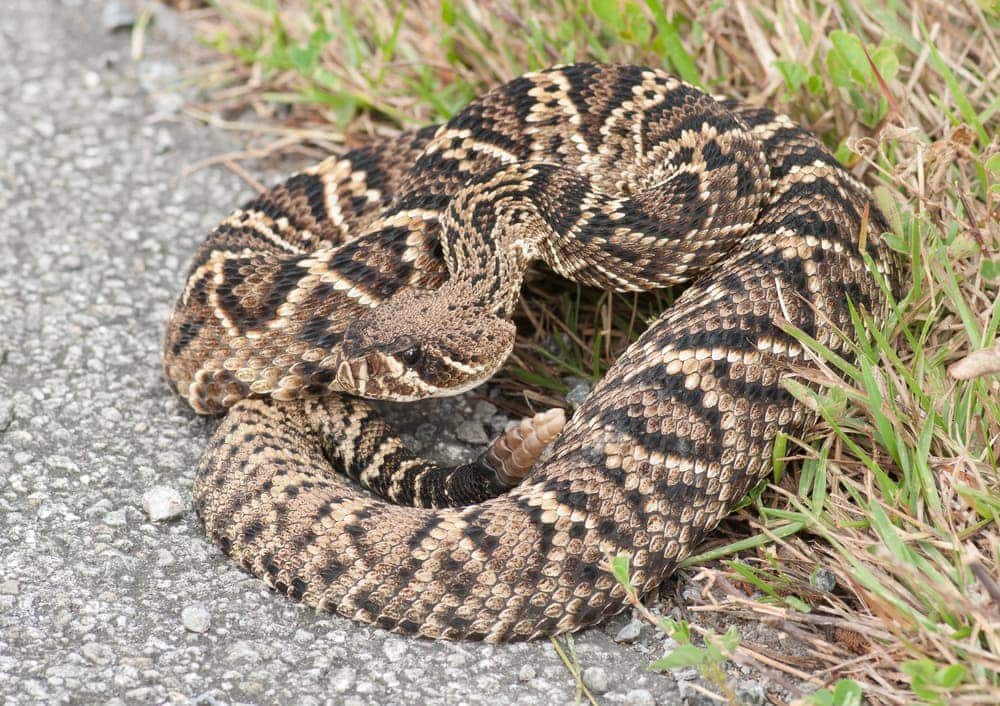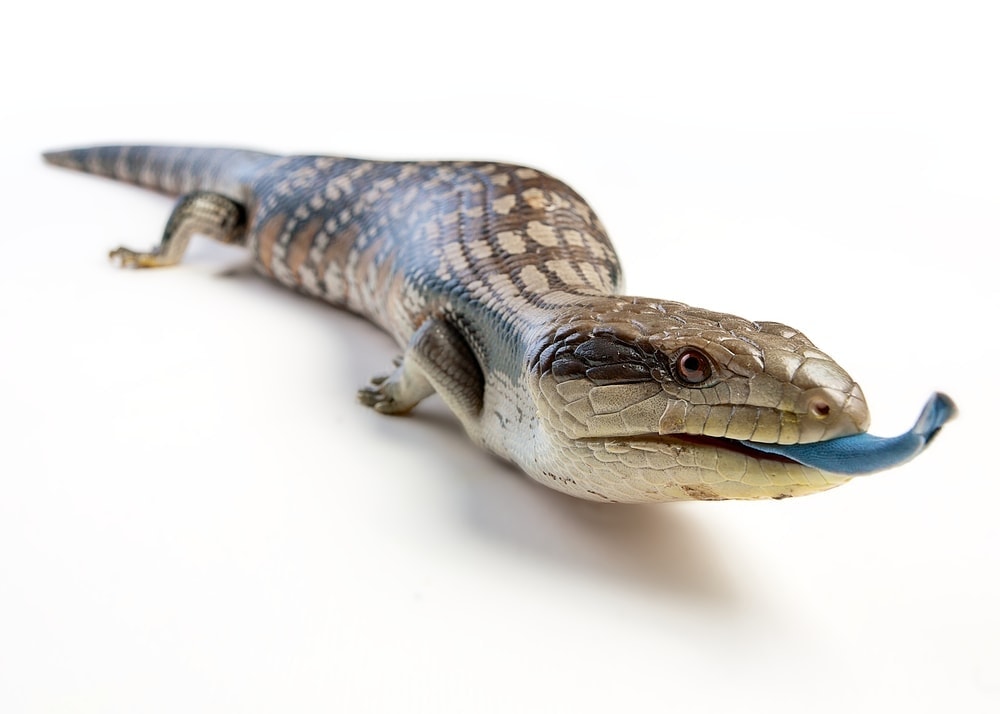Anoles are one of the most interesting lizards!
Of the hundreds of varieties of lizards, the green anoles are the most favored by herp-enthusiasts who are looking to breed them.
Anoles can be easy to breed if you provide the right condition for them.
What are the right conditions for Anoles Breeding?
- A proper habitat
- Species that are well looked after and healthy
The problem with herps, in general, is that they consider procreating a non-essential activity. If the conditions are not very ideal in terms of food and security, they will rather not consider mating.
Therefore if you are someone that is opening up to the idea of having them to bring forth their young,
Make sure that
- You give them a well-furnished semi-arboreal habitat that is conducive to them and closest to their own natural habitat. A cramped, bare-bones terrarium is not an ideal place for them to mate.
- Feed them a nutritious and well-balanced meal with gut-loaded insects and treats. A staple diet of earthworms and crickets alone is not going to work out great.
Their breeding season is from April to September. You must make sure that your house pairs together during this time to facilitate mating.

Here is a little more about anoles
Anoles are small lizards that are mostly categorized as tree-dwelling. They are related to the iguanas more closely than they are related to the gecko and the chameleon. Anole lizards can be abundantly found in warm areas such as states in America that are warm and humid most times of the year (think Georgia) and in the West Indies.
Like the geckos, they have sticky toe pads and big fingers with hooks that allow them to climb horizontally upwards on the slipperiest of surfaces without slipping. This they can do with fantastic speed and agility.
Anoles have glands that help them in producing venom, but fortunately, it is quite mild and not very harmful to humans. They grow up to a maximum of 45 cms in length with the female that grows slightly longer than its male counterpart.
The dewlap
Male anole lizards are characterized by large throat flaps that are brightly colored. They are used for the twin purpose of marking their territories or courting females for mating.
Now that you have a quick background of what anole is, we are going to tell you why anole breeding is sought after and why it is so challenging to.
Captive breeding of anole lizards is a sought after profession
Like breeding of other exotic reptiles, anoles fetch an excellent price on the market. Whether you are planning to breed the anoles for sale or for extending your reptile pet repertoire, you must make sure that you will give it your best shot but not get disheartened at failure.
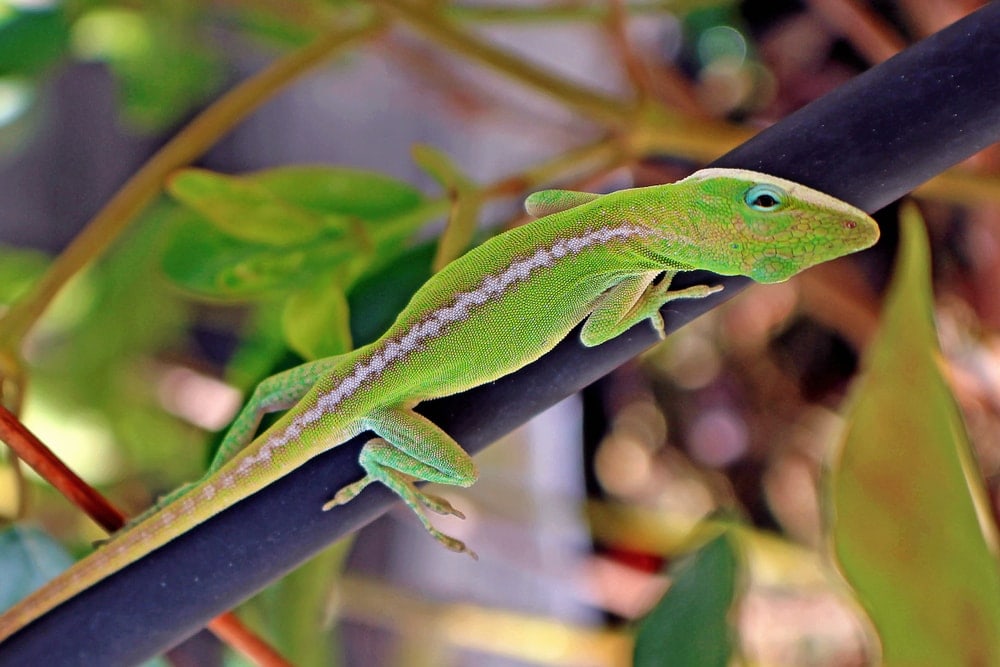
Why do we say breeding will fail?
It is not exactly challenging to get your anole pet to breed. It is, in fact, easy. The problem is in keeping the baby anoles alive once they have hatched.
Like all other animals that are captive bred, you must make sure that you are providing it a habitat that is closest to its natural habitat.
Captive breeding is usually done to protect the species from
- Extinction
- habitat loss
- overhunting
- pollution and
- Disease.
A step by step tutorial to breeding anoles (with pro tips as promised)
Step 1
The first step in the breeding of any exotic creatures is to find out if it is legally permitted in the state that you live in. Most states in the US and outside have strict restrictions on the breeding of native creatures.
Pro tip: You could write to the Department of Natural Resources of your State and ask them if you will need a permit to breed them in terrariums legally.
Step 2
Assuming that it is legal for you to breed them, transfer your anole lizards to a cage that is at least 40 gallons in capacity. You can place only one male, and it is up to you to place as many females of the species that you like.
Male anoles are incredibly territorial. Place large plants with lots of branches and perches so that it resembles their natural habitat.
Step 3
Spray fresh water on the plants in the terrarium. Anoles do not like drinking from the water dish. Instead, they lick water from the leaves. Misting the cage and accessories often with fresh filtered water is one of the best things that you can do.
Step 4
Make sure that the temperature inside the terrarium is 80 F, and it is humid but airy enough and moderately warm. There is no need for any UV-B lights, but a good quality fluorescent light that is on for half of the day is essential to maintain good health.
The place of action is a high perch in the cage. A single male can court 4 to 5 females. It will mark its territory by bobbing its head up and down and displaying its bright pink colored dewlap. This behavior induces ovulation in the female.
Once the female enters his territory, she will be chased and caught with a bite on her nape and mated with. One mating is enough for her to keep laying eggs for the rest of the season. The female will produce one egg every ten days and on the condition that the male courts her. The eggs are laid in a dirt nest at the bottom of the plant.
Pro tip: mark the days in the calendar and check every ten days for freshly laid eggs.
Step 5
Pick up some eggs and set aside for artificial incubation. This may prove useful in case none of their naturally incubated babies survive.
Reasons for low mortality in green anole lizards can be attributed to
- the species is prone to dehydration
- siblings kill each other in a bid to survive
- parents can devour their hatchlings in a case of incidental cannibalism
Step 6
Provide nourishment in the form of baby crickets and small insects to the newly hatched anoles. Mist the cage to make sure there is enough water for them not to get dehydrated and keep the cage in sunlight for 4 to 5 hours daily to make sure that you breed a decent number of anoles.
Finally, good luck to you! We hope to hear from you soon about your successful breeding experiments!
